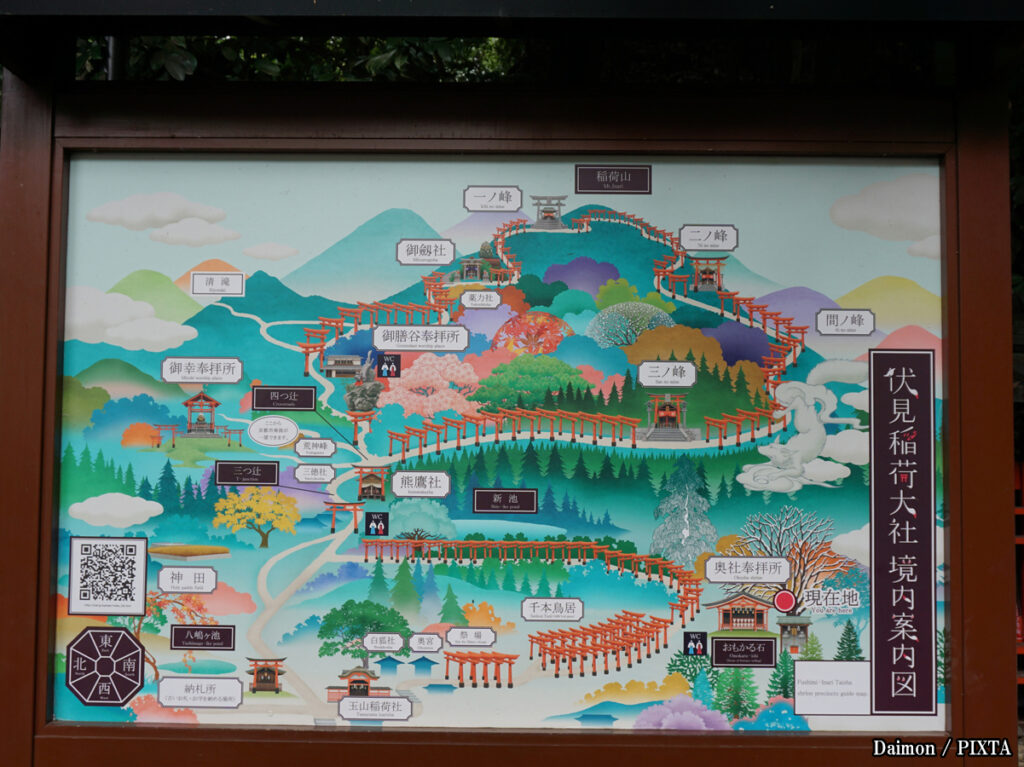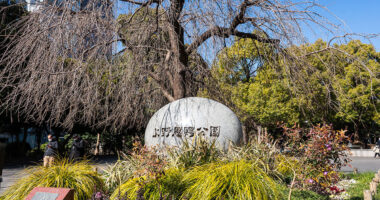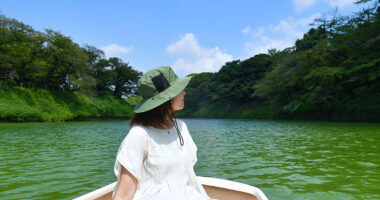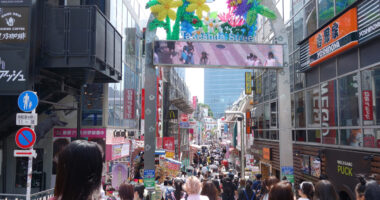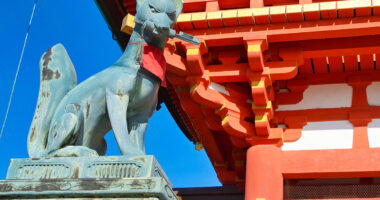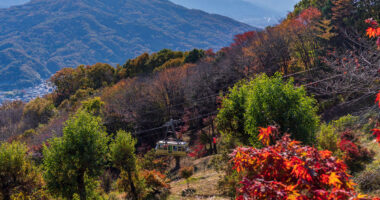Few places in Japan capture the imagination quite like the vermilion gates of Fushimi Inari Taisha. While the shrine is world-famous for its Senbon Torii (Thousand Torii Gates), many travelers miss out on the full experience: hiking the entire trail up the holy Mount Inari. If you’re eager to explore beyond the photo-op at the base, this guide will walk you through a rewarding two-to-three-hour journey through sacred forests, hidden sub-shrines, and breathtaking views of Kyoto.
Related article:
For a deeper look into the shrine’s spiritual and historical background, check out our article at: “Fushimi Inari Taisha: Exploring the Spiritual Heart of Kyoto.”
Getting to Fushimi Inari Taisha Shrine
Access: Fushimi Inari Taisha Shrine is conveniently located just five minutes from Kyoto Station via the JR Nara Line. Get off at Inari Station, which is directly in front of the shrine entrance. Alternatively, if you’re starting from popular tourist destinations like Gion, you can take the Keihan Railway Main Line and walk from Fushimi-Inari Station (a five-minute walk).
Best time to visit: To avoid crowds, arrive before 8:00 AM or after 5:00 PM. Mornings offer soft lighting through the trees, perfect for photography, while evenings are quiet and mystical.
Recommended itinerary
Starting point: Romon Gate
Route begins: Your hike begins at the Romon Gate, donated by the powerful daimyo Toyotomi Hideyoshi in the late 16th century. It marks the entrance to the spiritual grounds and the start of your journey through Inari’s realm.
Tip: Grab a map near the gate or snap a photo of the hiking route signboard—it will help you track your progress along the trail.
Senbon Torii: Walking through a tunnel of vermilion
Instagram-famous section: Just past the main shrine hall, you’ll enter the iconic Senbon Torii, a tightly packed tunnel of vermilion gates. Though “senbon” literally means “a thousand,” the entire mountain is home to over 10,000 torii gates donated by individuals and companies seeking blessings in business and life.
Timing tip: The path here gets extremely crowded from 9:00 AM to 4:00 PM. Arriving early not only ensures clearer photos but also lets you soak in the atmosphere without interruption.
Pro tip: For unobstructed shots, pause briefly at the start of the gate tunnel, then let groups pass before entering.
Related article:
Curious about the fox statues and the traditions behind them? Read more in our article, “Foxes and Fortunes: Understanding Fushimi Inari’s Symbols and Traditions.”

Photo for illustrative purposes
Yotsutsuji intersection: your midway viewpoint
About 30-40 minutes in: After passing various sub-shrines and refreshment stands, you’ll reach the Yotsutsuji Intersection, about halfway up the mountain. Here, the trail splits into circular paths toward the summit.
Scenic highlight: Yotsutsuji offers one of the best panoramic views of Kyoto, especially on clear days. Benches and vending machines make it a great rest stop.
Refreshment tip: Bring your own water or grab a bottle at the base—prices increase the higher you climb.
Summit trail: from forest paths to tranquil shrines
Distance to summit: From Yotsutsuji, it takes 30-40 more minutes to reach the top. The trail weaves through quiet forests, mossy stone lanterns, and a series of smaller shrines.
Mount Inari summit [233 m (764.4 ft)]: The summit is marked by the modest Kamisha Shinseki shrine remains, often missed by those who turn back early. It’s not grand, but the serenity and sense of accomplishment are worth the climb.
Mood: Fewer visitors reach this point, so the ambiance is peaceful, perfect for reflection or a quiet moment in nature.
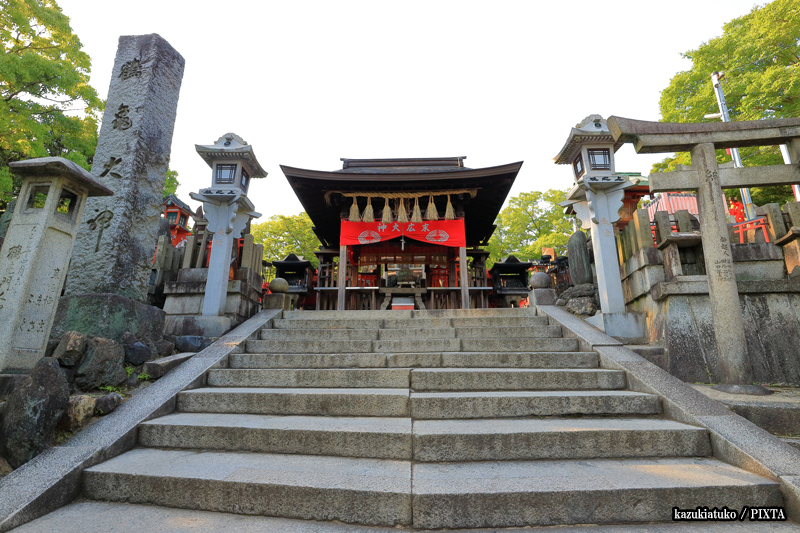
Photo for illustrative purposes
Descending via the left path: a scenic loop down
Suggested route: After reaching the summit, descend via the left-hand path (if you ascended clockwise). This loop trail offers different sights on the way down, including:
- Kumatakasha Shrine: Nestled among tall cedar trees.
- Omokaru Stone: A test of spiritual weight—make a wish, lift the stone, and if it feels light, your wish may come true.
- Hidden fox statues: Keep an eye out for the many unique stone kitsune (foxes), said to be messengers of the deity Inari.
Final stretch: Return to the main shrine area
Ending point: The loop trail leads you back toward the main shrine buildings. Take time to browse the souvenir stalls, enjoy a Inari sushi snack, or try a seasonal treat from a local vendor.
Total time required: Expect the full loop to take 2-3 hours, depending on pace and photo stops. Add extra time if visiting during peak seasons like New Year’s, Golden Week, or the autumn foliage season.
Practical tips for hiking in Fushimi Inari Taisha
Footwear: Wear comfortable walking or hiking shoes. The stone steps can be uneven and slippery in rain.
What to bring:
- Water bottle
- Small towel (especially in summer)
- Sunscreen and hat (limited shade at viewpoints)
- Portable charger (if you’re snapping lots of photos)
Toilets: Available near the entrance and at Yotsutsuji, but not near the summit—plan accordingly.
Weather considerations: Trails remain open in all seasons. Spring and fall are best for mild weather and fewer mosquitoes, while summer offers lush greenery (but high humidity). In winter, trails may be icy early in the morning.
Best seasons to hike in Fushimi Inari Taisha
| Season | Highlights | Notes |
|---|---|---|
| Spring (Mar–May) | Cherry blossoms near base | Arrive early for peaceful hanami |
| Summer (Jun–Aug) | Lush foliage | Very humid—hydrate well |
| Autumn (Oct–Nov) | Fiery leaves around torii | Crowds increase in mid-Nov |
| Winter (Dec–Feb) | Crisp air and serenity | Less crowded, clear skies |
Final thoughts
Hiking the trail at Fushimi Inari Taisha offers far more than just a famous photo beneath a torii gate. It’s a journey through time, nature, and quiet devotion—an immersive way to connect with Kyoto’s spiritual side. Whether you hike to the summit or just to Yotsutsuji, every step under the vermilion gates brings a deeper sense of wonder. For those seeking a memorable Kyoto adventure, this is one walk that truly leaves a lasting impression.
